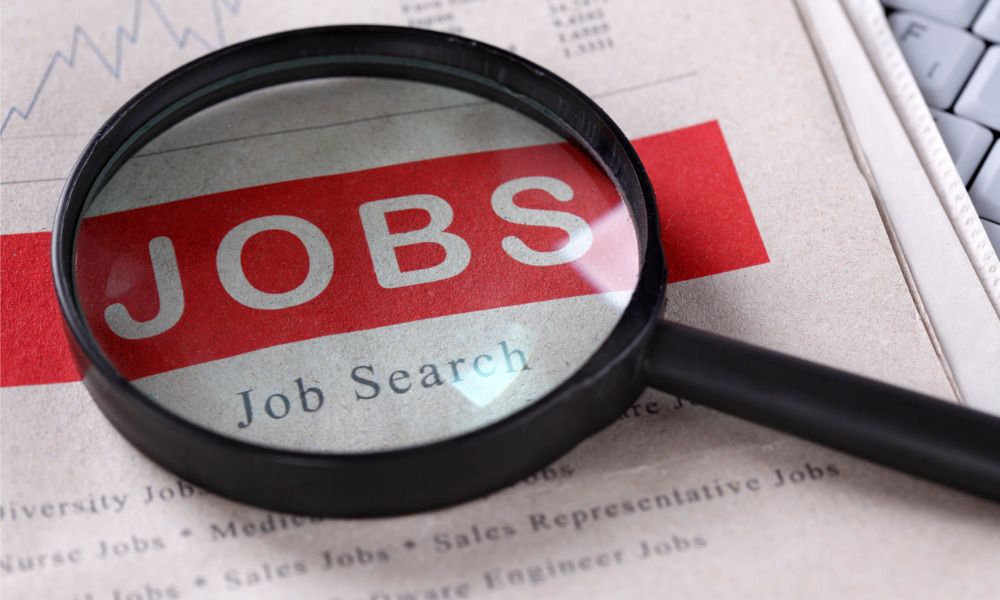
Recovery from COVID-19 may take longer than first anticipated, economists warn

Australia is witnessing a “two-speed economy,” as the latest job numbers indicate. Victoria – which accounts for nearly a quarter of Australia’s GDP – is creating “considerable drag” on the rest of the country’s performance, economists warn.
Data from the federal government showed half of Australians who lost their jobs during the pandemic regained employment by April – but all this is quickly changing.
Employment across the country slipped 1% in the past month to early August, and the government is bracing for the jobless rate to hit 13% by the end of September.
Job prospects were particularly grim for Victoria, where COVID-19 cases continued to dampen hopes for a recovery. Payroll jobs in Australia’s second-largest economy dropped 2.8%, based on data from the Australian Bureau of Statistics.
Read more: Unemployment drops – but it’s not all good news
“Australia’s labour market recovery staggered in early August, partly due to a sharp fall in Victorian jobs. Australia has a two-speed economy right now, with Victoria creating considerable drag on our economic recovery,” said Callam Pickering, APAC economist at career site Indeed.
“Policymakers should be concerned by the recent slowdown in job creation – it suggests that the recovery from COVID-19 may take longer than first anticipated,” he said.
Victoria had been seeing payrolls fall by 7.8% since mid-March.
Read more: Business leaders reveal post-COVID 19 recovery plans
“While the data may be revised upwards slightly in coming weeks, the fact that the recovery appears to have stalled is cause for concern,” Pickering said. “Obviously Victoria isn’t helping, and weakness across Victoria may have spilled over to other states.”
Earlier this month, Reserve Bank of Australia Governor Philip Lowe predicted Victoria’s lockdown measures would end up “broadly offsetting” the economic gains seen in the rest of the country.
“It is probable that households and businesses will remain more cautious and that this will affect consumption and investment. How long this change might last is hard to tell,” Lowe advised a parliamentary panel.
With the unemployment rate expected to reach record highs, the government has extended its JobSeeker benefit for out-of-work Australians to December 31 – albeit at a reduced rate, from $550 to $250 fortnightly after September – and expanded its JobKeeper wage subsidy to March 2021.
But Pickering warns: “There should be concern that rates of JobSeeker and JobKeeper are being reduced when unemployment remains so high.”
“Clearly many Australian businesses are in a precarious position and that is reflected in their hiring decisions,” he said.